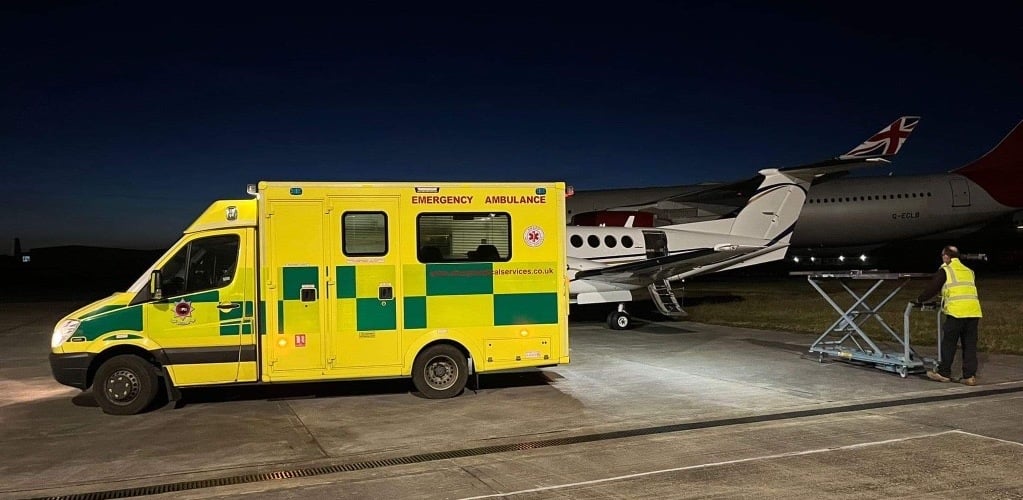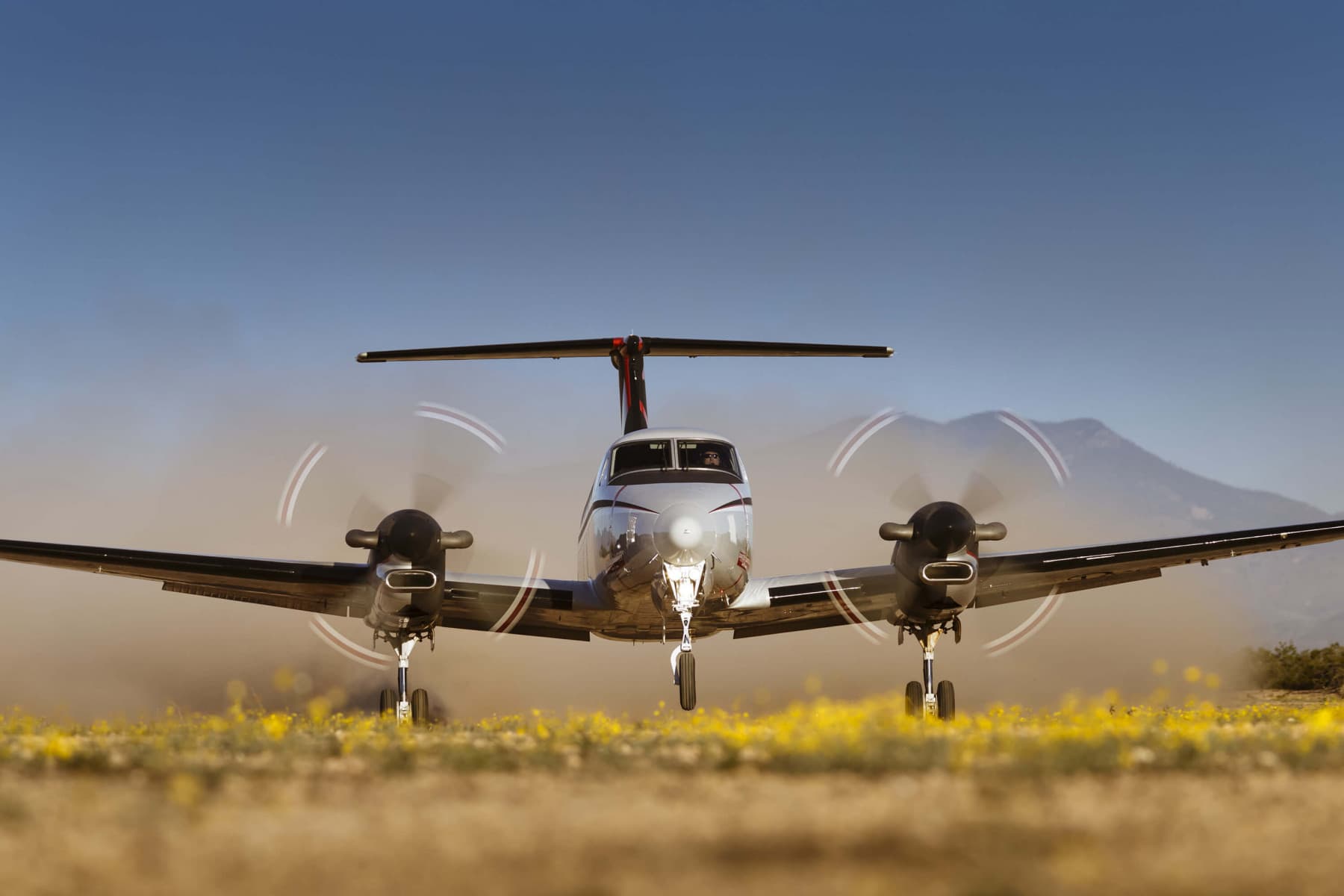
YR12 work experience assignment. Bariatric air ambulance challenges
Difficulties managing bariatric patients aboard fixed-wing air ambulances
Author: Owen Doherty
I am a college student doing 4 days of work experience with Gama Aviation and I have been given the task of finding the challenges with bariatric patients on fixed-wing air ambulances, this is the finished article that I created.
Over the last 10-15 years, bariatric patients have become a much larger challenge for engineers in the designing of fixed-wing air ambulances. Numbers of bariatric related admissions to hospitals have increased from 876,000 in 2018/19 to 1,022,000 in 2019/20 in the UK (NHS, 2021). This therefore has generated increased strain on the national services to accommodate larger patients and design solutions for them.
After conducting a face-to-face interview with the Engineering Director for Gama Aviation, Paul Bristow, I gained an incredible insight into the engineering challenges when dealing with larger patients. Paul, who was also the Lead Designer for King Air air ambulances in Glasgow, explained that the primary issue when dealing with bariatric admissions is the loading and unloading of patients onto the aircraft. This is due to complications of their weight, and the allowance that stretchers give regarding a patient’s weight. Also their girth, which could be too large for a normal aircraft door and requires a larger cargo door as fitted to some King Air air ambulances.
Alongside Paul, I conducted an online interview with Dr Simon Forrington, the Medical Director at Gama Aviation and anaesthetist, to enhance my knowledge from a medical perspective. Dr Forrington highlighted the detailed training that Medics have to undergo in order to work with bariatric admissions, in order to ensure the patient’s comfort and safety.
Both interviews came to similar conclusions, outlining the main issues regarding the safeguarding and transportation of bariatric admissions. One of the biggest challenges when inside the aircraft is the size of the patient. This is because the patient may be too large for the stretcher base and could therefore fall into the aisle of the aircraft, if improperly secured. Towels are usually used to secure larger patients as the usual straps are not long enough to ensure the patients safety. The stretcher is usually placed close to the side of the fuselage, causing the patient to experience large amounts of vibrations which could be uncomfortable and even dangerous. King Air air ambulances have created a solution for this; where the base for the stretcher is able to move towards the aisle, in order to give the patient more room and make them more comfortable. It can also be moved back towards the wall to create space in an emergency for the medics to move around, therefore passing regulations.
Similar issues have indicated that the patient should be sat up when in the aircraft, as laying down could pose as a risk to the patient’s airflow, as there is a force pressing against their lungs. Sitting them up, therefore reduces this force and eases breathing.
The final challenge is certification. Any minor change to an aircraft can be certified in-house, however any major change like changes to its configuration or issues affecting its airworthiness, requires certification from the authorities which has a large cost and can take from 6 months up to over a year to be approved. Major change documents are sent to authorities where they are given an STC (Supplemental Type Certification) which allows the changes to be made. If possible, there should already be an aircraft in a fleet that is prepared to treat bariatric patients and if more aircraft are planned, to get it modified as soon as possible to reduce disruptions. Installation of new stretchers is usually a major modification, however alterations to previous approved changes may be classed as minor modifications. Regulations and certification in general make it difficult to develop solutions because of strict rules and guidelines.
In conclusion, there are many challenges to overcome when treating bariatric patients in fixed-wing air ambulances and with only some being resolved with viable solutions. However, engineers are hard at work designing and creating solutions, in order to accommodate the increasing number of bariatric admissions.

